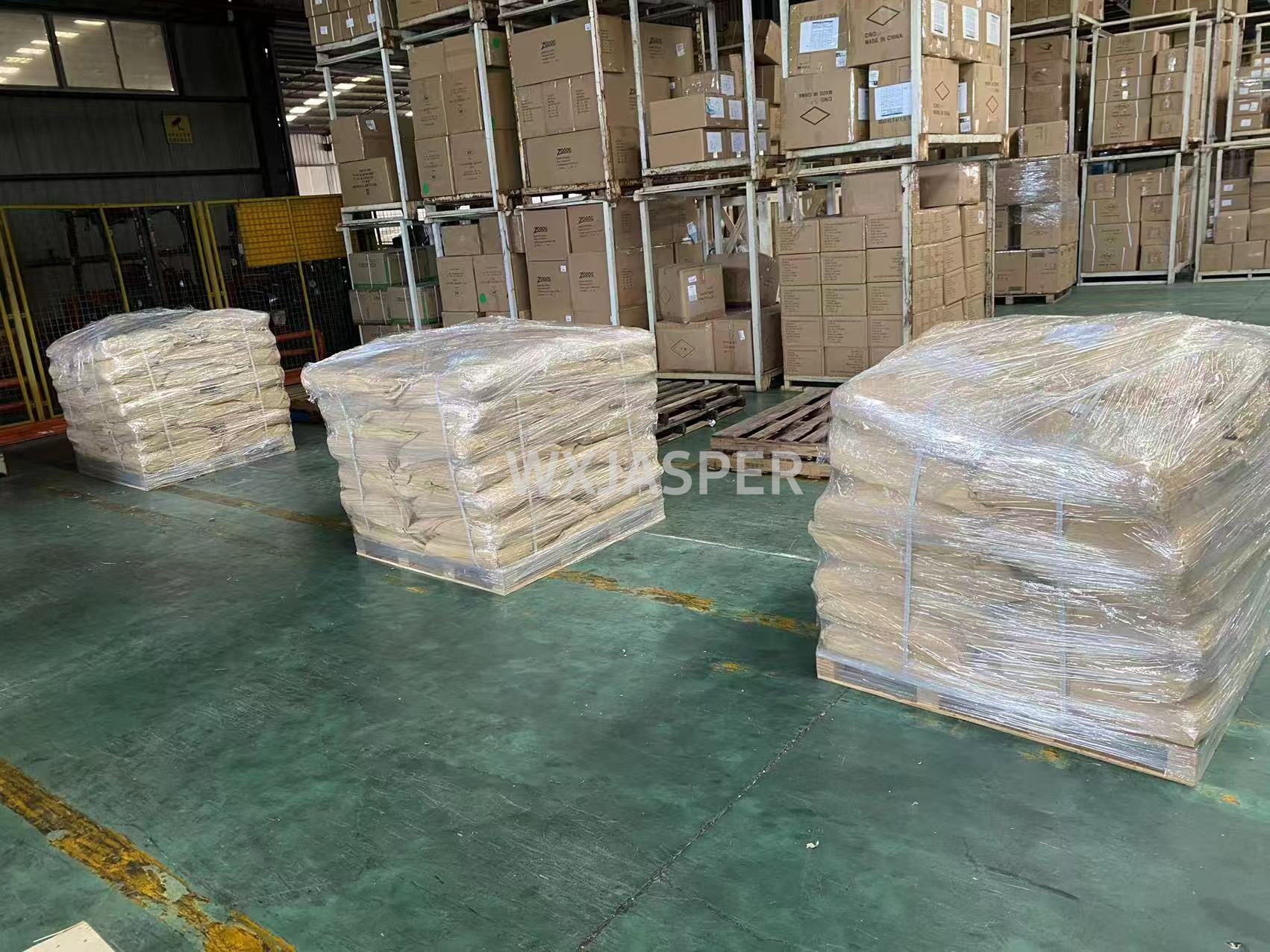Your Location:Home > Products > Solvents > Polyurethane foams



CasNo: 9009-54-5
MF: C?H?N?O
Appearance: powder
Delivery Time: 15 days
Packing: 25kg/bag
Purity: 30%
Basic Information
|
Model NO. |
9009-54-5 |
EINECS |
210-898-8 |
|
Color |
Colorless |
Appearance |
Powder |
|
Sample |
Available |
Purity |
30% |
|
Grade Standard |
Industrial Grade |
Specification |
25kg/bag |
|
Transport Package |
Bag |
Origin |
China |
Product Description
Product Name:Polyurethane foams
CAS No: 9009-54-5
EINECS No.:210-898-8
Form: Powder
Product Application
Flexible Foam
Furniture:? Cushioning for sofas, chairs, mattresses, and headrests.
Transportation:? Car seats, armrests, and interior trim.
Bedding:? Core material for mattresses and pillow tops.
Rigid Foam
Insulation:? Wall and roof panels, refrigerators, freezers, water heaters, and pipes.
Construction:? Sandwich panels for buildings, doors, and spray foam.
Appliances:? Thermal insulation in refrigerators and commercial coolers.
Specialty & Other Foams
Shoe Soles:? Lightweight, cushioned midsoles for footwear.
Packaging:? Protective cushioning for electronics and fragile goods.
Automotive:? Sound insulation, vibration dampening, and interior components.
Elastomers:? Microcellular foam for gaskets, rollers, and tires.
Packaging
25Kg/bag
Storage
It should be stored in a dry, cool, and well - ventilated warehouse. Avoid direct sunlight and high - temperature environments. The storage temperature is preferably controlled below 30 °C, and the relative humidity is maintained below 60%. When stored properly, PPS resin can maintain its quality and performance for a long time. It should also be stored separately from oxidizing agents, strong acids, and other chemicals that may react with it.